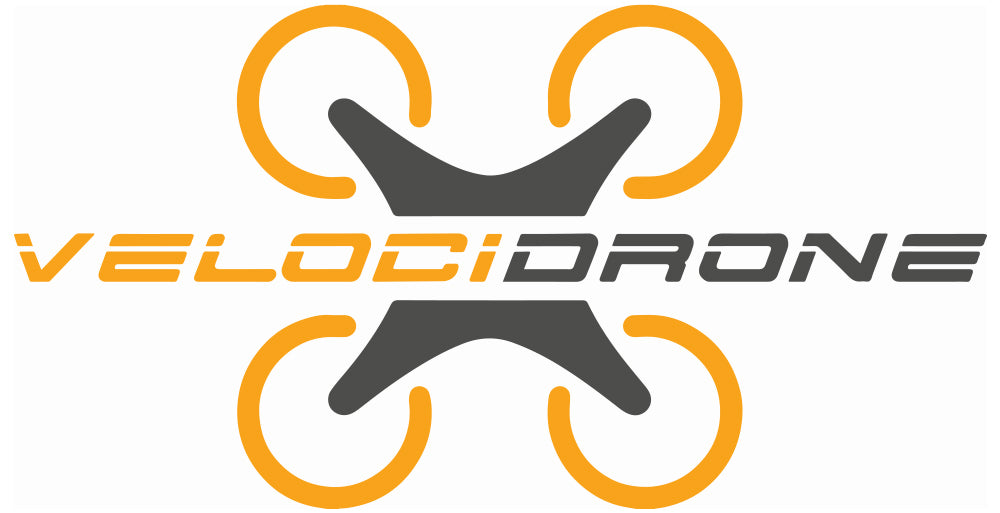
The best FPV Simulator
Share
The number once advice anyone starting in the FPV world would get is: spend many hours in a simulator, it will save you many crashes (but not save you from all of them ;) ).
And the typical question from a beginner is: What’s the best simulator?
There are many, and the best will depend on what you like, what computer do you have, etc.
When I started to research FPV simulators I found liftoff, DLR, and velocidrone. I run Linux at home so I wanted to use Linux and not need to dual-boot into Windows to use the simulator, and therefore my first and only choice was velocidrone.
All of them have similar prices, I think something around 10 or 15 USD, and it’s a one-time payment, so price was not a factor.
Velocidrone has ok graphics, ran fine in my old Linux computer, and it proved useful from the very start.
The software allows you to modify many parameters to make it more real, or more similar to flying your own drone, but let’s face it, when you are just starting you have no idea what all those parameters do, so I just ran with the defaults, and it worked just fine.
To be completely honest I did miss something from velocidrone, and it was some kind of tutorial how to use it, or some kind of guide about which courses will fit better a real beginner.
Velocidrone has some good youtube tutorials, which after watching the first two or three I got the hang out of the sim. But honestly it is not super intuitive or even comfortable to have to watch some youtube videos in order to do changes in the sim.
The friend that got me into all this runs Windows, and he thinks DLR has better physics. After a few weeks of using velocidrone I decided to test DLR, just to see if my friend was right, to test something new, and to have a chance to compete against him over the network.
DLR only runs on Windows, and I think it will, or it does already, run on Playstation. This software feels a bit more like a game, which could be something good or bad, again, it depends on what the end-user likes.
What I did like from the start is that DLR has a tutorial mode, where you start flying with some easy exercises and you move into more difficult scenarios while you achieve better times and get rewarded with stars.
So, I ended up using DLR for a while, and I have to admit that it helped me learn some basic movements.
After a few months of using simulators, I have to say that I still like better velocidrone. In my personal opinion, the physics of that sim are more realistic, but I’m grateful I used DLR to get me through some very basic steps.
Simulators are really important for learning how to fly. I will say that almost a must. I still go to the simulator when I’m learning a new move, I try it a few times in the virtual world before I go out and try it in real life.
The important thing when using a simulator is to have a real FPV control. The radiomaster TX16S and the TBS Tango 2 , works out of the box with velocidrone and DLR. I just found that Windows does time to time an update which breaks the connection of the control with the simulator, and you have to modify the driver to roll-back to a generic USB control and it works again fine.
You connect these controls over the USB port, and choose the joystick option you are prompt with when the cable is connected. Then the simulator will detect it and you just have to calibrate it.
There’s also a USB device you can buy separately and connect to the computer and use your control wirelessly, but I’m not sure why would you do that. It takes batteries out of your control, you can suffer delays, and is not like you very long from your computer, or maybe you are, I guess is up to the user, I just didn’t find it useful myself.
If you are reading this blog, and you are a beginner, and want a discount code for velocidrone, just go to NordFPV Facebook page, like it or share it, and leave a comment asking for a code. I have a few from TBS, it’s just a couple of USD, not a big deal, but I guess every penny counts, right?
Velocidrone tutorial
DLR 101
